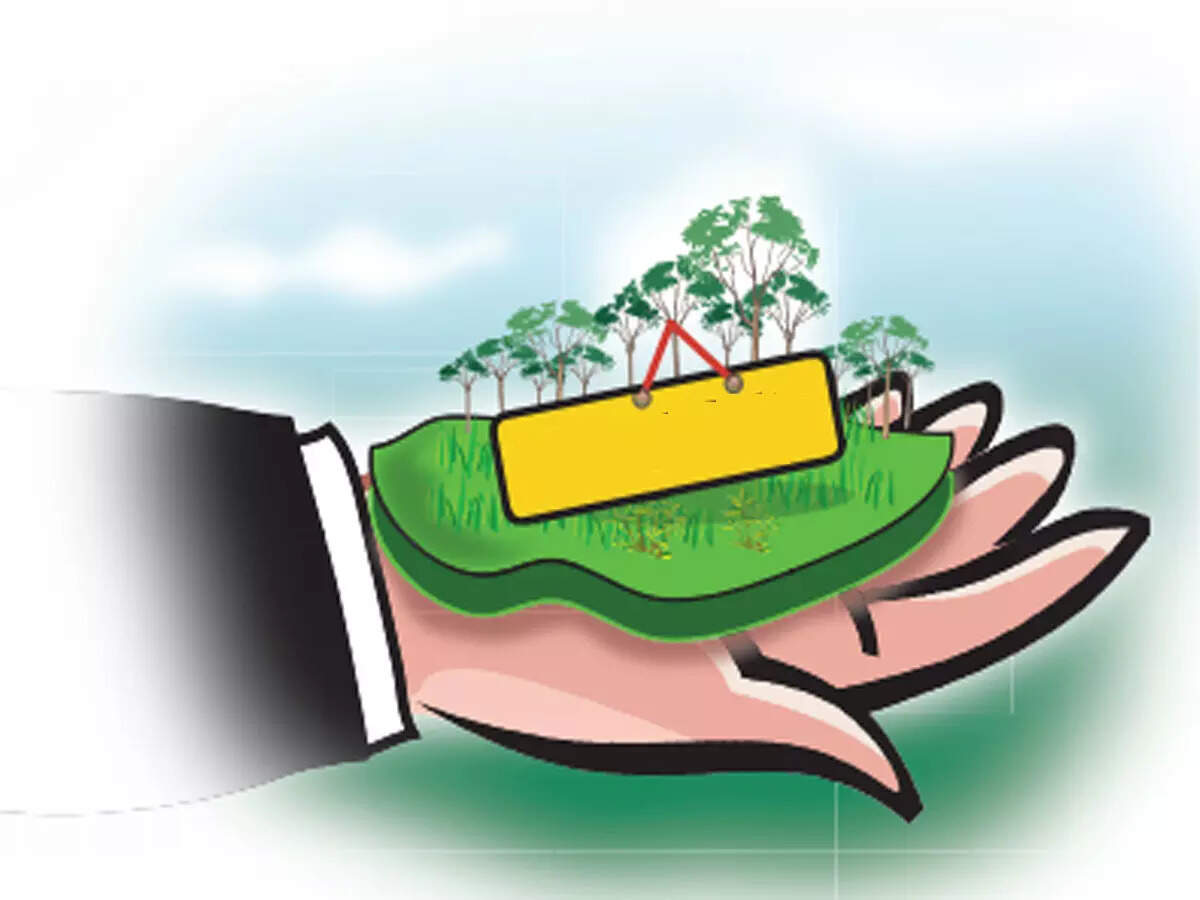
NAGPUR: Maharashtra revenue minister Chandrashekhar Bawankule on Saturday handed over land allotment documents to project-affected families from Khapri (Railway) under the Mihan rehabilitation scheme, declaring that the long-pending demand for justice to the region’s displaced residents was now met.
Out of 765 eligible beneficiaries in Khapri, 500 received pattas (land ownership documents). The remaining 265 are expected to receive theirs soon. The function was held on the premises of a school at the rehabilitated layout in Mihan.
“Under the leadership of chief minister Devendra Fadnavis, we are committed to ensuring that no beneficiary is left behind. The Mihan project-affected persons from Khapri, as well as the adjoining villages of Kalkuhi, Dahegaon and Telhara have now received what they waited for 15 years,” the guardian minister said adding that those still awaiting land allotment should apply afresh, while those already granted plots should refrain from reapplying.
The document distribution was held under the joint initiative of the Chhatrapati Shivaji Maharaj Revenue Campaign and the 100-day action programme, in collaboration with the district collector’s office and the Maharashtra Airport Development Company (MADC).
Six beneficiaries — Ashok Sontakke, Vinayak Barai, Vijay Barai, Bhushan Junghare, Pramod Lakshane, and Ramdas Sonule — were symbolically handed over documents by Bawankule. The function was attended by collector Dr Vipin Itankar, ZP CEO Vinayak Mahamuni, SDM Vandana Savrangpate, and former ZP and gram panchayat representatives.
Bawankule also pitched for the wider implementation of the ‘Nagpur Pattern’, a model in which administrative officers hold weekly field meetings to resolve issues at the village level. “This decentralised, direct communication system must be adopted statewide to address public grievances more effectively,” he said.
The resettlement of Khapri families was executed across 28 hectares with modern civic infrastructure developed at a cost of ₹38 crore. Amenities include asphalted internal roads, covered and open drains, water pipelines, sewerage lines, and 11KV and 33KV electric supply networks. Homes acquired under the MIHAN project were duly compensated through the collector’s office.











